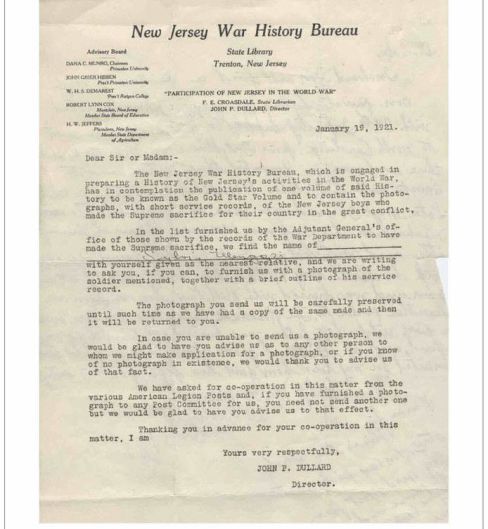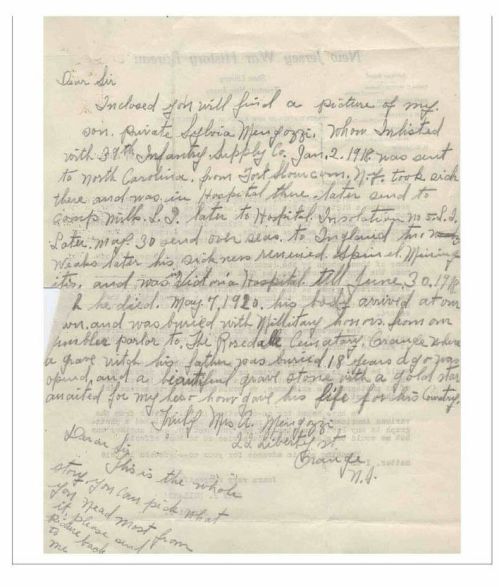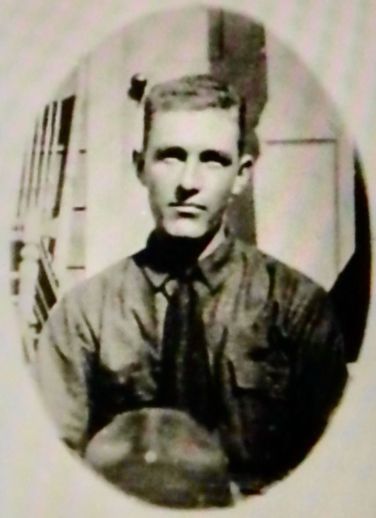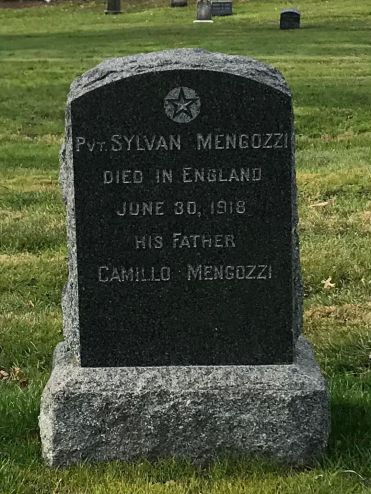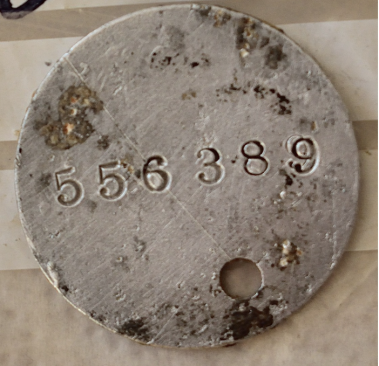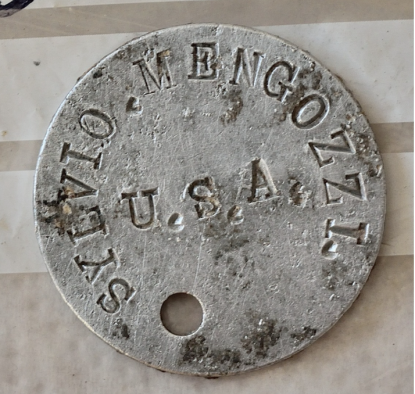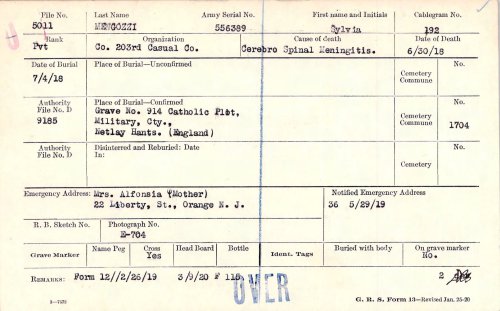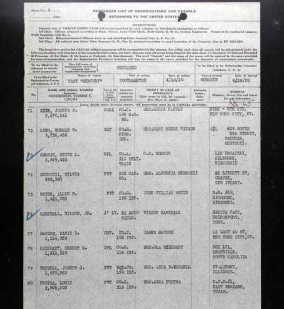
WWI American Soldiers
According to the Netley Military Burial Register, at least 85 persons were removed by friends or relatives after they had been buried going back to 1888, 20 years or more after the cemetery was first opened.
Why did this happen? I am assuming that families were informed of their death, but it could have been months later before they had the chance to claim the body, raise funds, and rebury it back in
their hometown or village.
In WWI there were four burials of American soldiers in the cemetery, all died from disease:
556 Pte. Sylvia Mengozzi died June 30th, 1918, from Spinal Meningitis
805 Pte. Louis Pustka died July 23rd, 1918, from Spinal Meningitis
461 Pte. Allen B Moyer died July 25th, 1918, from Tuberculosis.
311 Pte. Ernest G Rhinehart died April 11th, 1919, from Tuberculosis.
All four were removed by the American Authorities on April 13th, 1920, and transported back to America on U.S.A.T Mercury.
Documents from Ancestry and Fold3.
Until I can see the death certificates for these soldiers, I am unable to say if they died at Netley hospital or not.
I say this because on the Find a Grave site for Sylvia/n there is a link to Stephen Taylor, WW2 Relic Hunter who, during filming for WW2 Treasure Hunters at Morn Hill in Winchester, found a dogtag
belonging to him whilst digging the area.
Morn Hill was a transit camp where thousands of troops passed through on their way to France via Southampton. By late 1917, it was transferred to the American Army and a hospital was built for the
troops who were dying of disease, T.B. Spanish Flu etc.
Links for Morn Hill from BBC Sounds:
https://www.bbc.co.uk/sounds/play/p030z9fv
https://www.bbc.co.uk/sounds/play/p02b307t
